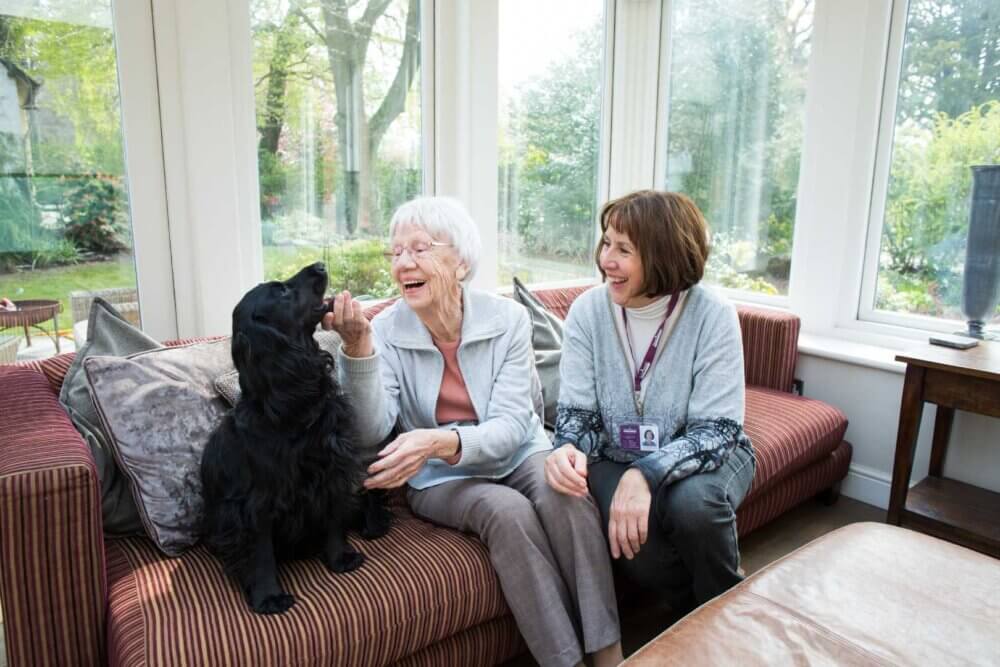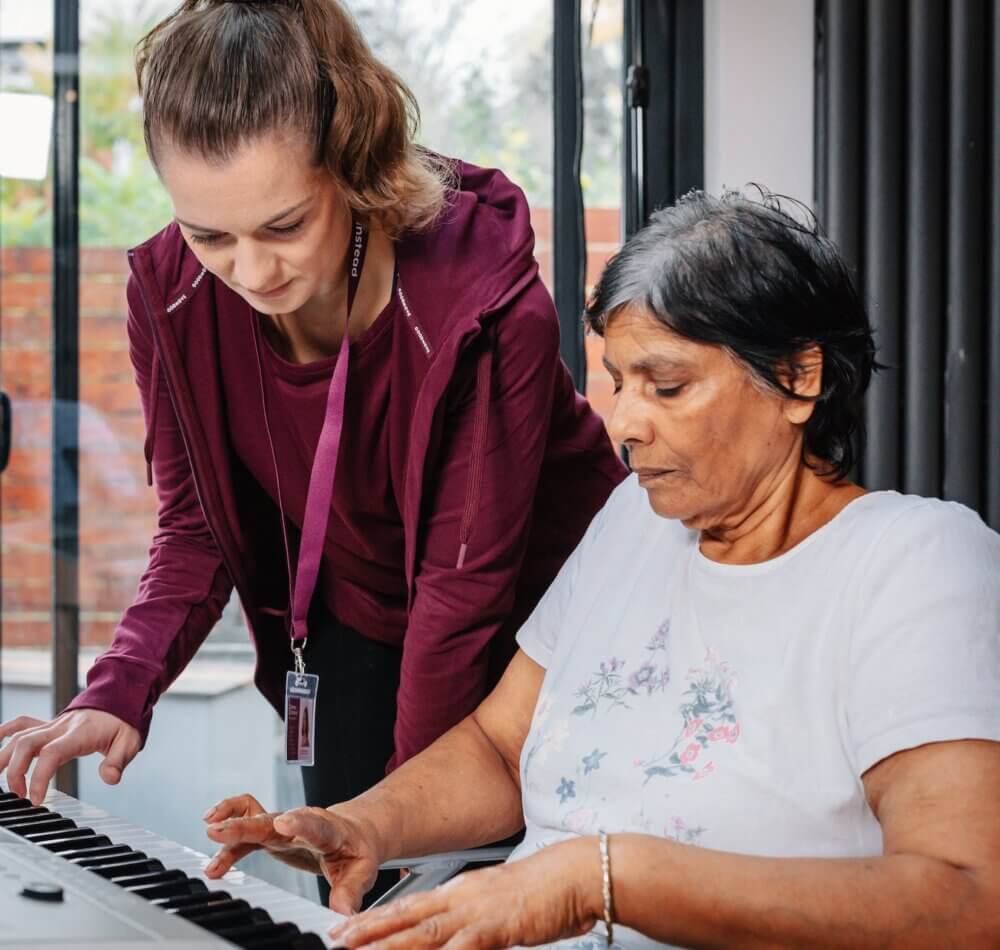How Can You Create a Dementia-Friendly Home in Redbridge?
Learn how to create a dementia-friendly home with practical tips on lighting, flooring, colour choices, and assistive technology from Home Instead Redbridge.

Have you ever wondered how you can make your home more comfortable and safe for a loved one living with dementia? The familiar environment of home can be a great source of comfort, but it may need some adjustments to truly meet their needs.
At Home Instead Redbridge, we understand how important it is for individuals with dementia to feel safe and at ease in their homes. Our care professionals are here to help you make the changes necessary to create a supportive and secure environment. Let’s explore some practical ways to make your home dementia-friendly.

The Importance of Lighting
Did you know that good lighting can make a big difference for someone living with dementia? Poor lighting can cause confusion or lead to falls, but there are simple steps you can take to improve this.
- Use natural light wherever possible by opening curtains and trimming any bushes or trees that block sunlight.
- Add brighter lighting in key areas such as stairways, bathrooms, and hallways to help prevent trips and falls.
- Avoid harsh reflections and shadows by carefully positioning lamps and lights. This can help reduce feelings of disorientation.

Flooring That Prevents Confusion and Falls
What’s under your feet matters more than you might think. Certain flooring choices can cause confusion or even create hazards for individuals with dementia.
- Remove any rugs or mats that could cause trips.
- Opt for non-reflective, matte flooring to prevent confusion, as shiny surfaces may appear wet or slippery to someone with dementia.
- Use contrasting colours for floors and walls, making it easier for your loved one to differentiate between rooms.

Colour Choices Can Make All the Difference
Colour can play an important role in creating a dementia-friendly home. Choosing the right colours can help your loved one feel more secure and less confused.
- Use contrasting colours for walls, doors, and furniture to make key areas stand out.
- Avoid bold, complex patterns that might be overwhelming or confusing.
- Simple changes, like a brightly coloured toilet seat or bannister, can provide extra visual cues, helping individuals navigate their home with ease.

Clear Signage for Easy Navigation
Signage can be incredibly helpful for those living with dementia. Simple, clear signs placed around the house can assist your loved one in finding their way and maintaining independence.
- Use large, easy-to-read signs with both text and images. This can help your loved one recognise what each room or cupboard is for.
- Position signs at eye level, as many older adults tend to look downwards when they walk.

Minimise the Impact of Reflections
Have you noticed your loved one getting confused by mirrors or reflections in windows? Mirrors can sometimes cause anxiety or disorientation for individuals with dementia.
- Remove unnecessary mirrors or cover them to reduce confusion.
- Consider closing curtains in the evening to eliminate reflections in windows.

Assistive Technology for Additional Support
Technology can provide extra peace of mind for both you and your loved one. There are various assistive devices that can help make daily life easier and safer for those living with dementia.
- Use phones with large buttons for easier use.
- Install devices that provide helpful audio reminders, such as a prompt to lock the door or turn off the oven.
- Consider clocks that display both the time and date to assist with time orientation.
At Home Instead Redbridge, we know that every person with dementia has unique needs, and we are here to help. Our care professionals can provide support and guidance on how to adapt your home, ensuring that your loved one can live comfortably and safely in familiar surroundings. Whether it’s dementia care, home help, or simply companionship, our services are designed to offer peace of mind for families across Redbridge and Walthamstow.
If you’d like to know more about our dementia care services, don’t hesitate to get in touch. We are here to support you every step of the way.

Areas We Serve
Redbridge, Walthamstow, Ilford, Chigwell, Woodford & the surrounding areas.
Is your home ready to meet the needs of a loved one with dementia? Contact us today to learn how we can help you create a safe and supportive environment.

Areas We Serve
Redbridge, Walthamstow, Ilford, Chigwell, Woodford & the surrounding areas
E18 1, E18 2, IG1 1, IG1 2, IG1 3, IG1 4, IG1 8, IG1 9, IG2 6, IG2 7, IG3 8, IG3 9, IG4 5, IG5 0, IG6 1, IG6 2, IG6 3, IG7 4, IG7 5, IG8 0, IG8 7, IG8 8, IG8 9, RM6 4, RM6 5, E17 4, E17 5, E17 3, E17 6
313 Billet Rd, London E17 5PX, UK
02080 162 069